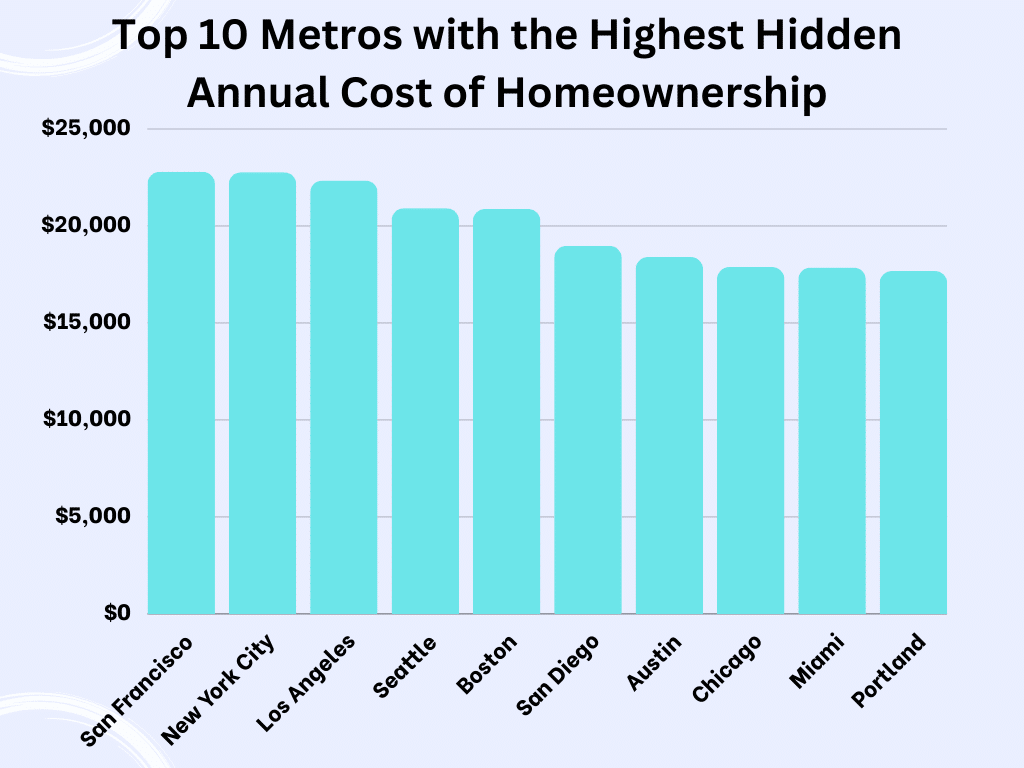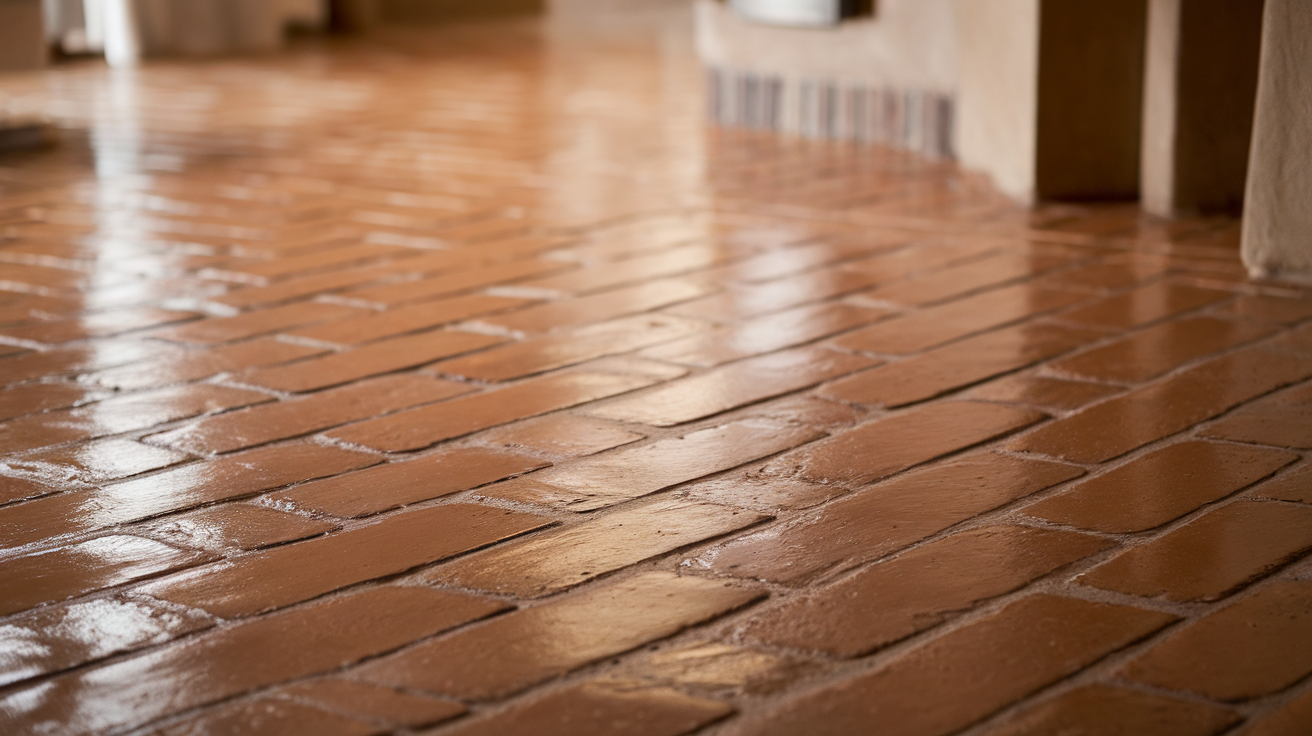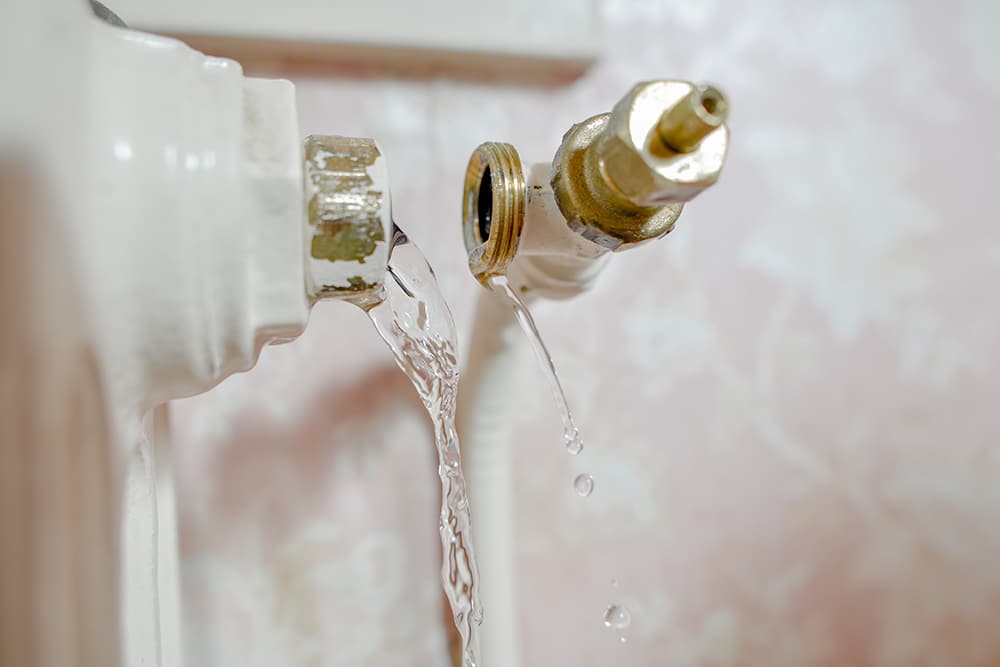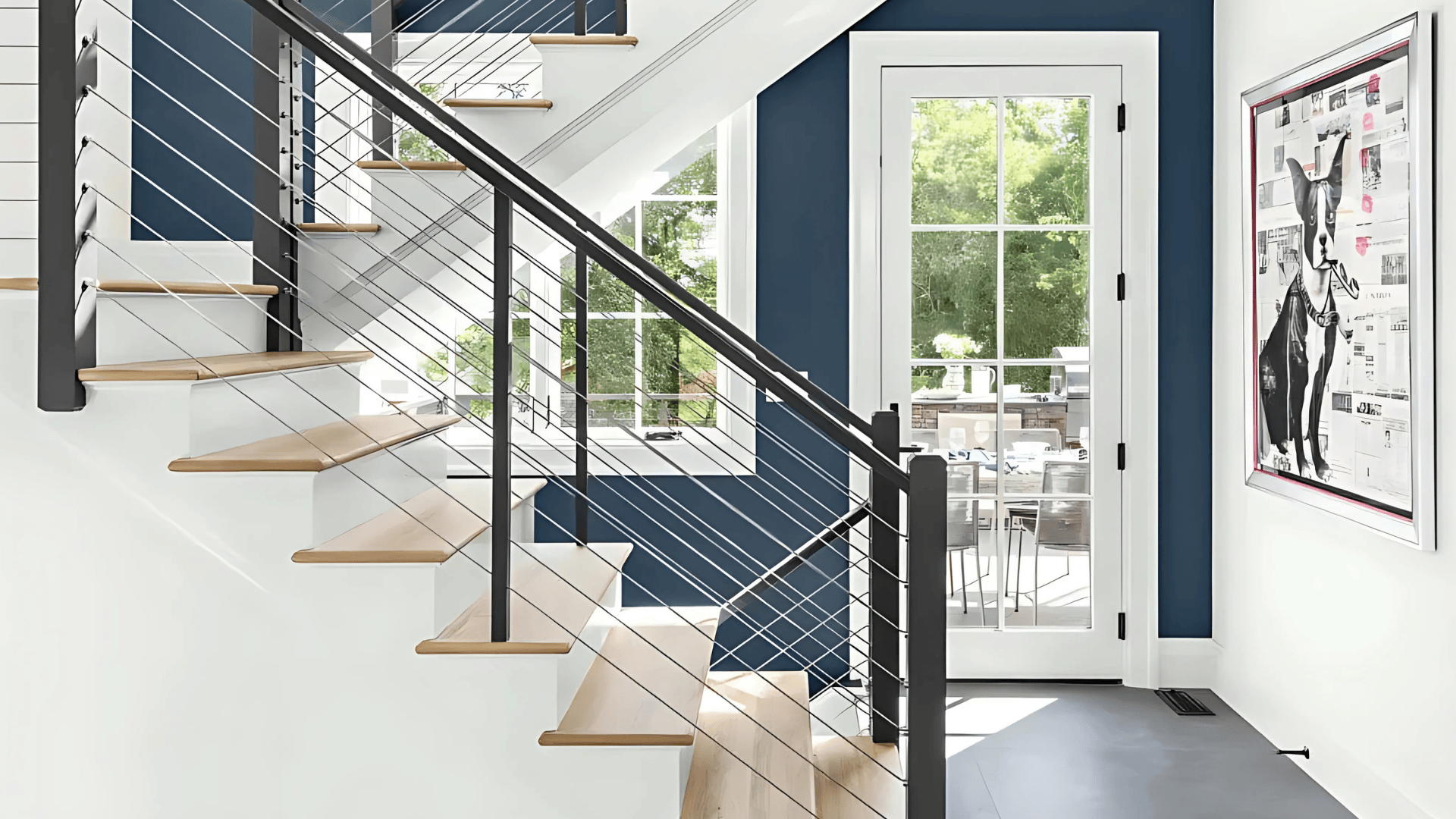Decoding the Economics of Home Maintenance: Labor Costs Uncovered
Home maintenance is an intricate economic web, with labor costs being a critical driving factor. To better understand this sector, we need to analyze the elements shaping its financial landscape.
The Current Landscape of Home Maintenance Economics
The home services industry is a major economic engine in the United States, generating upwards of $370 million in 2021. This is in direct spending annually. From renovations and repairs to landscaping and cleaning, this market provides millions of jobs and influences multiple related industries.
Within this thriving sector, expenditures are divided into three broad categories:
- Home improvement
- Maintenance and upkeep
- Emergency services
Each component has its own economic footprint. By dissecting this market, we gain insight into the labor economics underlying household tasks.
Factors Influencing Labor Costs in Home Maintenance

Labor is the human effort required to complete any home project. The costs associated with this effort are shaped by:
Location: Labor costs vary widely across the United States based on regional economic conditions. Large metropolitan areas typically have higher rates due to greater demand and cost of living expenses.
Expertise: Specialized skills and certifications enable professionals to charge higher rates for services like electrical work, plumbing, or HVAC maintenance. Experience levels also impact pricing.
Seasonal Fluctuations: Demand spikes in summer and winter, increasing labor costs for jobs like air conditioning repair or gutter cleaning. Off-season periods often provide savings.
Understanding these influencing factors allows homeowners to better plan and budget for maintenance needs. Consulting an hourly salary calculator can budget expenses.
Labor Cost Analysis for Common Home Maintenance Services
The majority of home maintenance expenditures stem from home improvement projects such as remodels and renovations. This category accounts for over 80% of total spending annually.
In contrast, regular upkeep and maintenance represents about 12% of yearly costs for homeowners. While lower, these frequent services add up.
Let’s compare typical hourly labor rates for common maintenance needs:
| Service | Average Hourly Rate |
|---|---|
| Plumbing Repairs | $65 – $85 |
| Electrical work | $50 – $100 |
| HVAC maintenance | $55 – $95 |
| Handyman services | $45 – $65 |
| Landscaping | $40 – $75 |
Regional variables lead to wide ranges, but the data shows costs can be significant, especially for specialized skills. Understanding where labor dollars are going empowers smart budgeting.
Strategies for Homeowners to Manage Labor Costs
Homeowners have several options when it comes to managing the costs associated with home maintenance labor:
Negotiate Rates with Service Providers: Do your research ahead of time to understand reasonable rate ranges for your area. Don’t be afraid to ask for discounts, especially during slower seasons throughout the year when demand is lower. Bundling multiple maintenance services together can also help yield savings in labor costs.
Prioritize Preventative Maintenance: Being proactive with regular upkeep and repairs can prevent more expensive emergency fixes down the road. Stick closely to manufacturer recommended maintenance schedules for appliances, HVAC systems, plumbing fixtures, and other home components. An ounce of prevention truly is worth a pound of cure when it comes to home maintenance labor costs.
Weigh DIY vs Professional Work: For some tasks, you may opt to take a DIY approach to avoid labor costs, while for others it makes more sense to hire a qualified professional. Carefully weigh whether the cost savings from doing it yourself outweigh the benefits of having an expert handle the job. Be realistic about your skill level, the time commitment involved, and any safety or compliance issues. Tasks like major electrical work or structural repairs are best left to the pros.
Understand Economic Ripple Effects: When making decisions solely based on cost savings, also recognize that the home services industry provides employment for millions of workers and generates billions in economic activity. There is value in supporting quality skilled tradespeople and pros. Finding the right balance is key.
Ask About Apprenticeship Programs: Some service providers offer apprentice programs where less experienced technicians perform work at lower hourly rates while supervised by senior level professionals. This can provide savings while still ensuring quality.
Schedule Off-Peak Times: For non-emergency work, scheduling maintenance for slower seasons or times of year can yield cost savings, especially in the trades where demand fluctuates.
Leverage Tax Incentives: Some home maintenance and improvement labor costs may be eligible for tax credits or deductions. Consult a tax professional to maximize your available savings opportunities.
With some strategic planning and informed decision making, homeowners have multiple avenues to help control maintenance costs related to the human effort involved, while still preserving and protecting their most valuable asset.
The Future of Labor Costs in Home Maintenance
Current data indicates the upward trajectory of home services will continue, with labor costs projected to rise moderately based on inflation and market demand. Increased adoption of technologies like smart home systems, remote diagnostics, and mobile scheduling can provide efficiencies to offset some cost increases.
Ongoing labor shortages in skilled trades may also accelerate wages in the near-term for high demand professions like electricians and plumbers. However, expanded vocational training opportunities could ease supply constraints long-term.
There remain unknowns, but the outlook is one of sustained growth and solid career prospects within the home maintenance field.
FAQs on Labor Costs in Home Maintenance
What’s the best way to estimate project labor costs?
Obtain multiple quotes from service providers to compare rates. Ask about hourly pricing rather than flat project fees to better understand potential labor expenses. Factor in the complexity of your specific needs.
What hidden charges should I watch out for?
Service call fees, trip charges for home visits, and minimum hourly requirements can greatly increase costs. Clarify any additional fees upfront.
Should I DIY or hire a professional?
Consider if you have the skills, time, and tools for the job. Professionals often complete work faster and include insurance protections. Strike the right balance for your needs and budget.
Understanding the economics driving labor costs allows smart approaches to managing home maintenance and repairs. Although complex, a bit of planning and research goes a long way when it comes to your most valuable asset—your home.
Key Takeaways
Home maintenance has a multi-billion dollar economic impact, with labor representing a major cost component. This article has uncovered key factors, pricing nuances, cost management strategies, and the future outlook for the home services sector.
Now it’s time to put these insights into action for your unique needs. Connect with qualified local professionals to get personalized quotes. Identify areas where you can save on labor costs through DIY or negotiations. And determine an optimal maintenance schedule that balances your budget with preserving your home’s value.
Knowledge is power when it comes to the intricate world of home maintenance economics. This breakdown hopefully provides a blueprint for approaching critical spending decisions with confidence. The investments you make today lead to long-term savings and the comfort of a well-maintained home.







